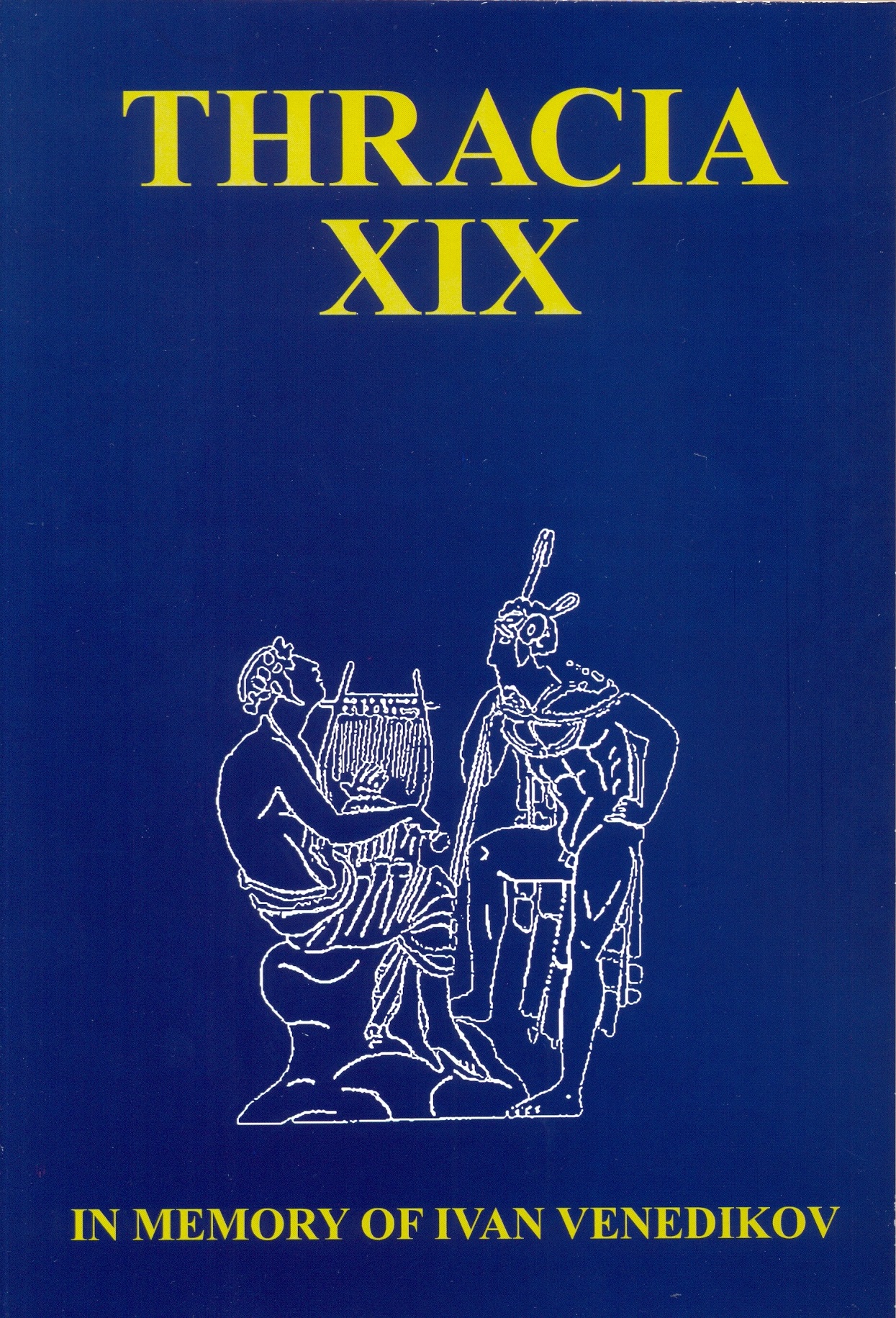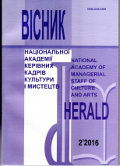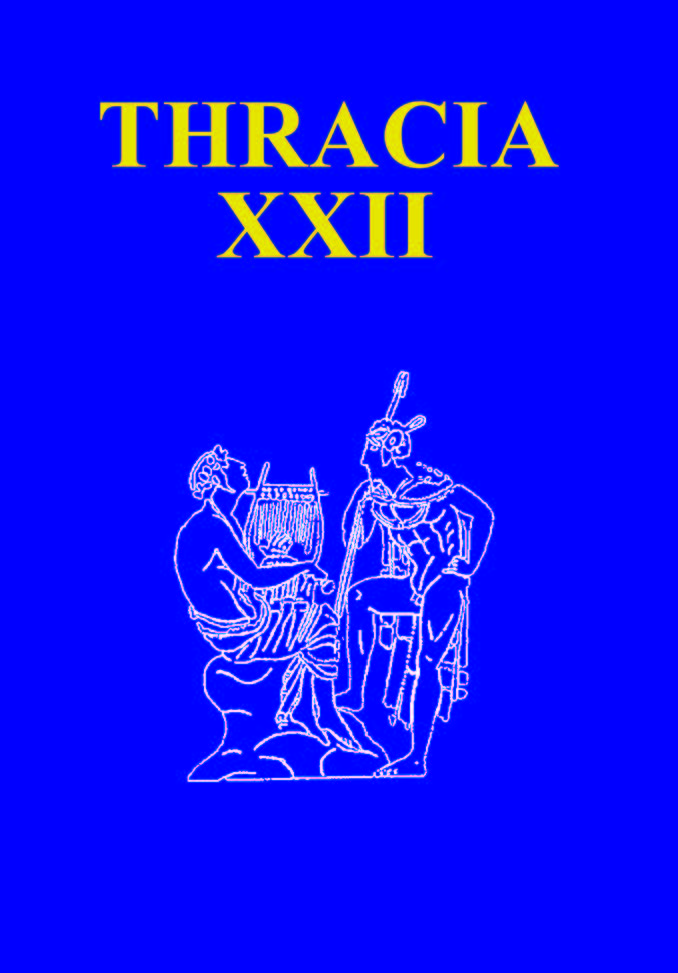
Quelques Remarques sur les Origines de l’Art Figuratif Thrace (VIe–Ve s.)
In the spirit of the studies conducted by Prof. Ivan Venedikov on Thracian art and its links with Persian, Greek and Scythian art, the author of this paper offers his contribution to the research issues on the basis of more recent archaeological discoveries. In his opinion, similar to the evolution of Etruscan art, the historical periods connected with the artistic style in Thrace do not succeed one another with clearly marked transitions. In order to understand the specificities of the “archaic” style in Thracian art (late 6th – early 5th century BC), it is necessary to take into consideration the political situation and the import of Greek works of art in Thrace. The author defends the view that archaic Thracian art can be perceived only in the context of the relations and cultural exchanges with Macedonia, Greece, Persian and Ionian Anatolia, and Scythia. He has illustrated his study with numerous examples from the Thracian lands: the objects found in the necropolis from Duvanlii, the little deer from Sevlievo, the matrix from Garchinovo, the belt from the village of Lovets, the ring from Brezovo, as well as imported painted Attic pottery. During the archaic stage Thracian art borrowed from neighbouring lands, while preserving certain specificities inherited from the geometric and “Orientalising” periods. At the same time, it laid the foundations for the development of the classical period in its two main regions: Odrysian and Danubian.
More...

